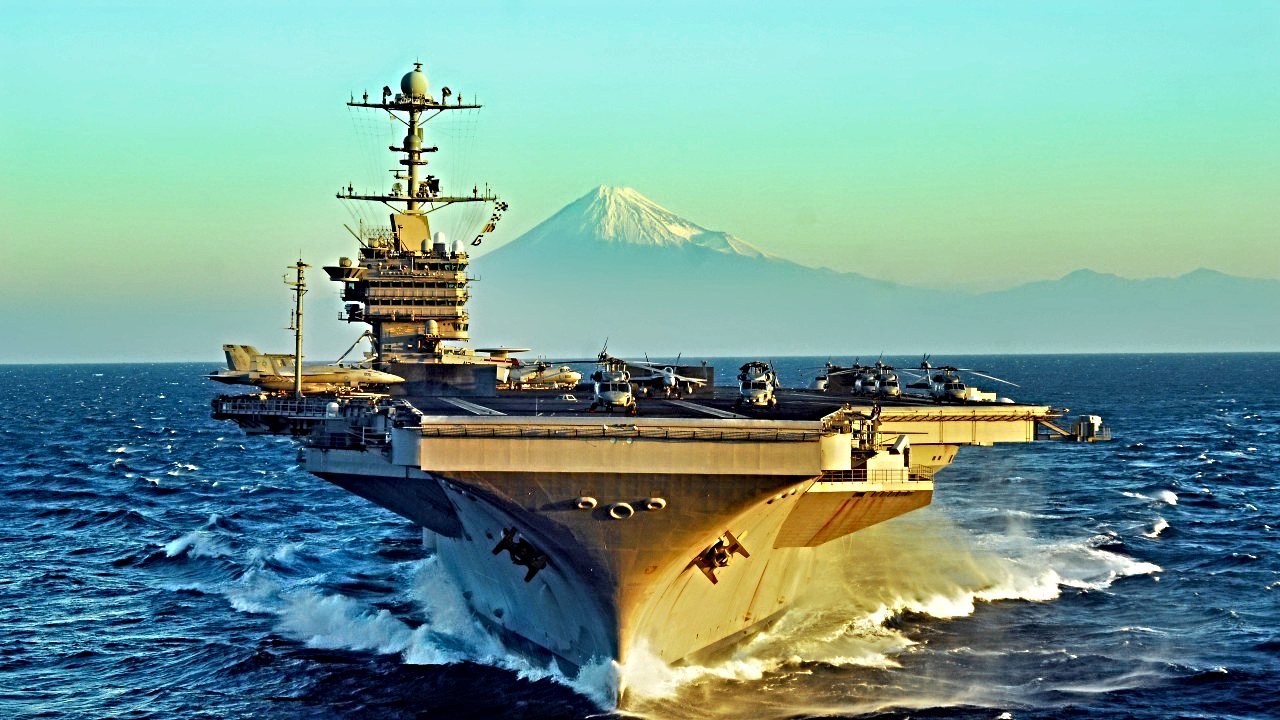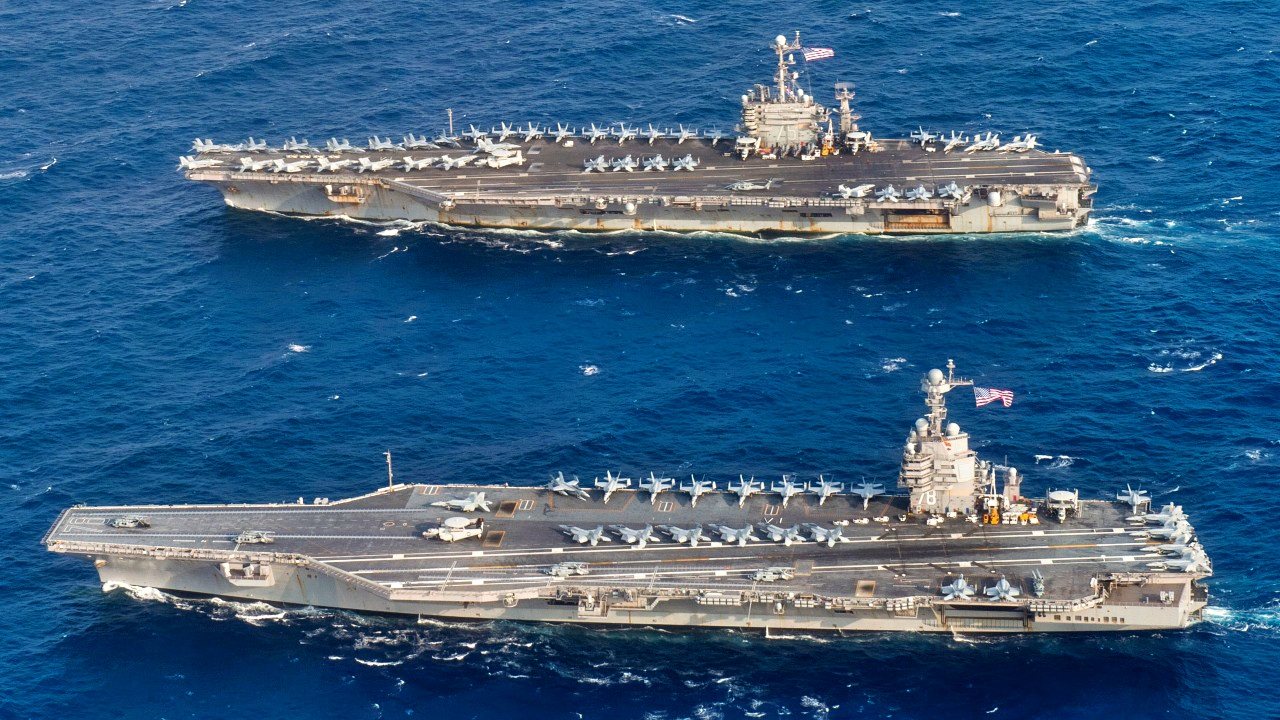Nimitz-Class: The U.S. Navy Aircraft Carrier Powerhouse (Now Obsolete?)
The more powerful Ford-Class will someday replace the Nimitz-Class aircraft carrier in the U.S. Navy. Still, the Nimitz is still one of the most powerful warships ever built.
With the ten-figure investment in the Ford-class carriers, the Nimitz-class, once the jewel of the US Navy, is clearly trending toward the scrapyard.
Yet the workhorse Nimitz is still a capable warship – perhaps beyond the technological or fiscal capacity of any other nation. All ten Nimitz carriers are still in service and still relevant. She is still relevant today, thanks to what were – for her time – advanced technological capabilities.
Let's consider what makes these aircraft carriers unique.
Nimitz-Class Size
When these carriers first debuted, she was the biggest warship ever built; the Nimitz displaces over 100,000 tons; she is longer than three football fields – 317 meters, with a 40.8 meter beam, to be exact. Just the propeller, of which the Nimitz has four, has a 25-foot diameter and weighs over 30 tons. The boat is a behemoth, housing over 5,000 sailors – the Nimitz is, without exaggeration, a floating township.
Durability
According to the US Navy, the Nimitz can withstand 300 percent more damage than the World War II-era Essex-class carrier. In part, the Nimitz’s durability is the result of the airplane hangars being divided into three distinct fire bays; each bay has thick steel doors that were designed to prevent fires from spreading.
Nuclear Power
The Nimitz has two A4W nuclear reactors – each housed in separate compartments. The nuclear reactors heat water, which generates steam. The steam is then passed through the ship’s four turbines, which spins the ship’s four propeller shafts. The result is a ship that can travel at speeds beyond 30 knots – and stay at sea for over 20 years without the need to refuel.
Nimitz-Class Weapons
Built to defend herself, the Nimitz bristles with weaponry. The Nimitz carries between three and four NATO RIM-7 Sea Sparrow missile launchers – for anti-ship and anti-aircraft usage. The Nimitz also has between three and four 20mm Phalanx CIWS missile defense cannons. For self-defense, the Nimitz relies on four Sippican SRBOC (super rapid bloom off-board chaff), plus six-barrel MK36 decoy launchers, capable of firing Flare and chaff that interfere with the sensors of incoming missiles.

For anti-submarine defense, the Nimitz has an SSTDS torpedo defense system and an AN-SLQ-25 Nixie torpedo countermeasures system. These carriers can also locate and interfere with enemy radar signals – with the AN/SLQ-32(V) system.
The big question is whether the Nimitz, or other US aircraft carriers, house nuclear weapons. The US has consistently maintained nuclear ambiguity (like Israel) with respect to their carrier fleet; the US has never clarified whether they have nuclear weapons on their carriers. Back in 2007, a verbal gaffe offered some insights into US Navy nuclear policy, however. Then-Rear Admiral John Terence Blade said “The US policy is that we do not routinely deploy nuclear weapons on board Nimitz.” Obviously Blade’s statement was not a denial. And obviously, the statement suggests that at one point or another, the Nimitz has carried nukes.

Aircraft
Ultimately, however, an aircraft carrier is about carrying aircraft. (Profound, I know.) And these carriers can definitely carry aircraft: between 85 and 90. And when absolutely needed, the Nimitz can be pressed to heft up to 130 F/A-18 Hornets. The result of course is that the Nimitz is entirely capable of providing the service an aircraft is designed to provide: airpower force projection.

Although Ford-class carriers are entering service – and are surely the future of the US Navy carrier fleet – the Nimitz-class is still relevant, and in many ways exceptional, boat. The Navy has debated the vessels service life; service life extensions have been considered, meaning the Cold War era carrier could serve well into the twenty first century.
About the Author: Harrison Kass
Harrison Kass is a prolific defense writer with over 1,000 articles published. An attorney, pilot, guitarist, and minor pro hockey player, he joined the US Air Force as a Pilot Trainee but was medically discharged. Harrison holds a BA from Lake Forest College, a JD from the University of Oregon, and an MA from New York University. He lives in Oregon and listens to Dokken. Follow him on Twitter @harrison_kass. Email the Author: [email protected].


